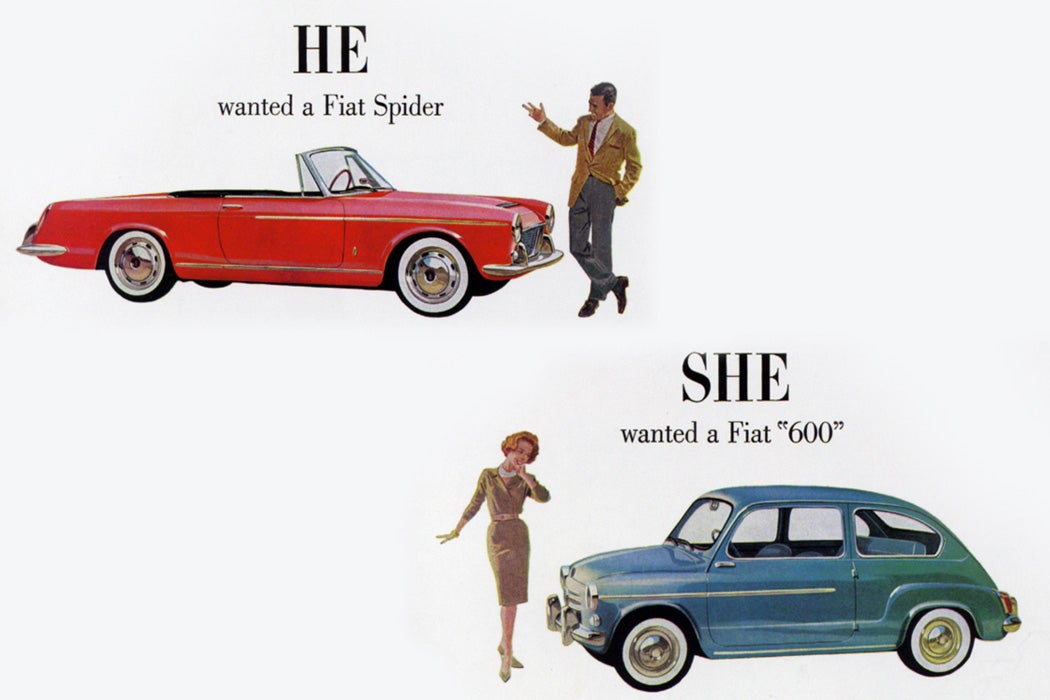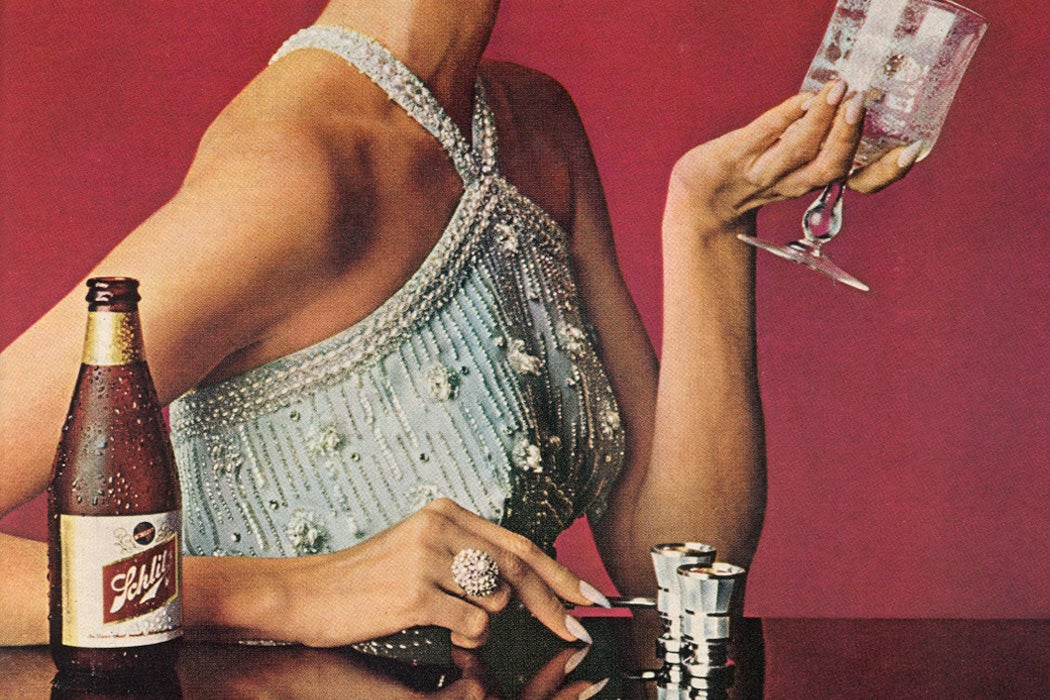There’s a paradox in common perceptions of Americans. On the one hand, we are often seen as achievement-obsessed hard workers. On the other, we have the image of frivolous, pleasure-seeking consumers, in love with Big Macs, fast cars, and Marvel movies. The American Studies scholar Joseph Malherek explains that this apparent contradiction is partly a product of deliberate efforts by mid-twentieth century marketing experts.
Before World War II, the U.S. was notoriously dominated by puritanical values that elevated productivity and denigrated pleasurable consumption. In the postwar period, marketing and advertising experts pushed back against this value system. Among the most important figures in this effort were consumer researcher Ernest Dichter, an immigrant from Austria, and German-born Jewish designer Walter Landor. Malherek argues that it’s no coincidence that these two, as well as a number of other leaders in this movement, were Europeans, steeped in Continental philosophy and aesthetics.
These men employed a “conscious and concerted effort… to overcome repressed desires and encourage enjoyment in consumption on a mass scale,” Malherek writes, adding that, in their view, “puritanical resistance to enjoyment and indulgence threatened the health of the free enterprise system.”
Growing up in 1920s Munich, Landor was influenced by the Werkbund movement, which applied design aesthetics to mass-produced products. “I decided that I would concentrate on designing everyday products that would make life more pleasant and more beautiful and appeal to the mass audience,” he said.

Malherek writes that Landor and Dichter’s methods were unusually empirical for the time, relying on consumer testing of packaging designs. Landor focused on what marketers today call “brand personality,” emphasizing styling that suggested ideas like “tradition,” “masculinity,” or “zest and youth.” His work included a new emphasis on package shapes and materials.
A slender bottle of vinegar suggested elegance and “snob appeal.” Plastic corrugations on a cigarette box encouraged smokers to stroke the package. Cellophane, Landor argued, was the “femme fatale” of packaging, “a glamorous seductress who enhances what she chooses to show.” A 1962 study of beer drinkers by Landor’s research institute found that they didn’t notice much about actual differences in flavor, but that their impressions of a beer’s taste were highly affected by label design.
Weekly Newsletter
Landor argued that psychologically appealing packaging was no mere trick, but a way to truly improve customers’ experiences. “Skillful design can increase anticipatory enjoyment, which adds to the actual enjoyment of the product,” he wrote. “It can heighten the consumer’s evaluation of the flavor and even the aroma of the product.”
Perhaps, in the absence of a noncommercial tradition of celebrating sensual enjoyment, Americans were particularly susceptible to marketers’ efforts. Or perhaps commercialism simply ramped up particularly easily in the U.S. given its wealth and internationally dominant position after World War II. In any case, the marketers and designers of the era certainly helped shape today’s particular marriage of productivity culture and hedonistic consumption.







